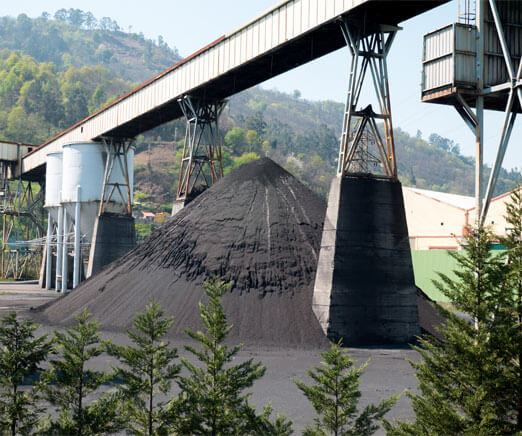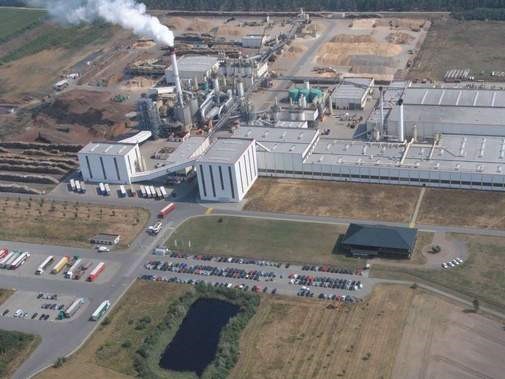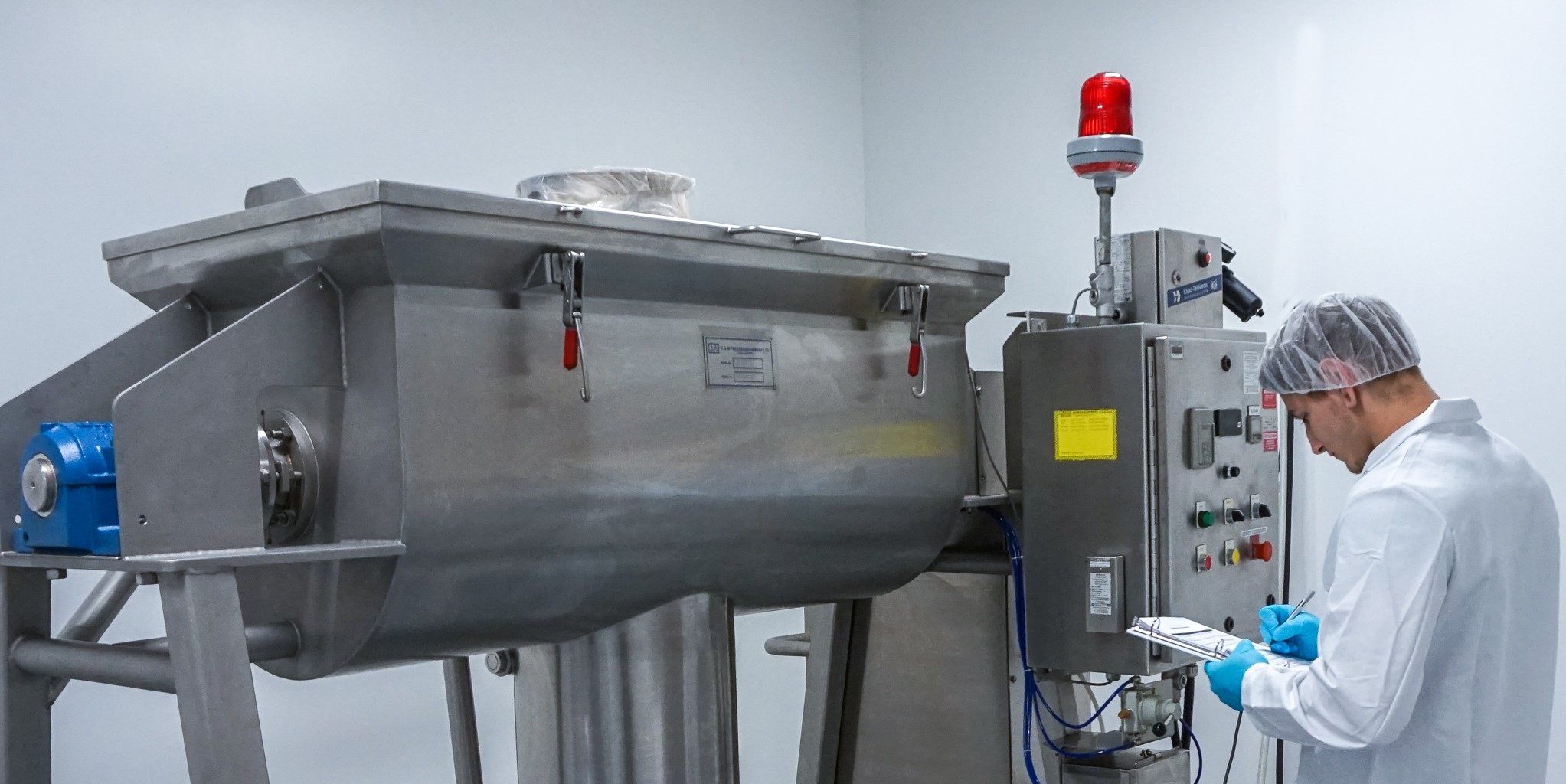Search
Coal Dust Cloud Explosion in Milwaukee Silo

February, 2008
Coal dust silo explosion injures 6 workers
Stonehouse Process Safety commentary: Silo explosions are not uncommon. Over the years there have been many explosions in silos for combustible powders ranging from agricultural products to various chemicals, and in this particular case, coal. Often the finer particles (dust) remain in suspension in the silo headspace, with a concentration that exceeds the minimum required to form an explosible dust cloud. An explosion will occur if a sufficiently energetic ignition source is present. Common ignition sources include burning embers entering the silo from upstream processes, static electricity, friction/impact sparks, and self-heating. Coal powder/dust in bulk is particularly susceptible to self-heating. Self-heating has been identified as the sources of many reported coal dust fires and explosions in silos, railcars, and dust collection systems. There are practical techniques available for ensuring safety including control of the likely ignition sources, but explosion protection is generally also required.
The following text by TOM KERTSCHE and DON BEHM, Journal Sentinal has been redacted to remove company names.
“Oak Creek – An explosion Tuesday morning inside a coal dust silo rained flames down on a group of contract employees who were making preparations for repair work to begin.
Four employees were inside the 65-foot-tall structure and two outside when the explosion occurred, said a We Energies spokesman. A doctor said a 43-year-old man pulled his son, 22, and at least one other co-worker to safety.
The 22-year-old was the most severely injured, suffering burns to more than half his body, according to Tom Schneider, medical director of the Columbia St. Mary’s Regional Burn Center in Milwaukee.
The cause of the blast, reported at 10:53 a.m., has not been determined. Federal and local authorities will be investigating, officials said.
The six workers are employees of the Milwaukee branch of a Waukesha-based company that provides scaffolding services, said Michelle Dalton, a company spokeswoman. She would not identify the workers.
After the blast, firetrucks and rescue squads from as far away as Wauwatosa and the North Shore responded.
Two of the victims were transported to hospitals by helicopter, said Oak Creek Assistant Fire Chief Tom Rosandich.
The 43-year-old and other workers described a bit of their ordeal while the emergency room doctors and burn unit surgeons tended to them in the early afternoon.
They described the fire rolling down at them from the top of the silo, and a fast scramble to escape through a door. One worker jumped from a scaffold to escape, according to Schneider.
The 43-year-old and a 23-year-old co-worker were treated at Columbia St. Mary’s and released Tuesday afternoon. They had minor burns to their hands and faces.
Three other workers, ages 27, 29 and 34, suffered second- and third-degree burns, also predominantly to their hands and faces. All were in fair condition, Schneider said.
He said one of them will need skin grafts on his hands, likely requiring a hospital stay of 10 to 15 days, but the other two should be discharged within a day or two.
The 22-year-old worker was taken to Froedtert Hospital in Wauwatosa because of challenges in establishing a clear airway, Schneider said.
He was later transported to Columbia St. Mary’s, where he was in critical condition Tuesday evening, said hospital spokeswoman Kathy Schmitz. No further information on his condition would be released, Schmitz said.
The silo, one of nine at the plant, is used to collect coal dust that accumulates from coal that is brought by train to the plant, said We Energies spokesman Barry McNulty.
He said the dust is compacted and, like coal itself, is burned for fuel.
Much like gas vapors, coal dust becomes explosive when it reaches certain concentrations in an enclosed area.
An explosive concentration would obscure objects viewed from about 6 feet away, according to Guy Colonna, a combustible dust expert with the National Fire Protection Association.
The lightest dust particles become the most hazardous, rising unnoticed to the upper reaches of a workspace, he said.
Colonna said heat or sparks from operating machinery, static electricity or some type of cutting or welding are common ignition sources in industrial settings.
The coal-handling facility that includes the silo that exploded is part of a $2.3 billion construction project.
Thomas Content of the Journal Sentinel staff contributed to this report.
Rail car facility at silo had undergone repairs
By Don Behm of the Journal Sentinel
Posted: Feb. 3, 2009
“The coal dust collection silo where an explosion occurred Tuesday at an Oak Creek power plant had not been used since at least Jan. 25, said Tom Zelinski, an air management engineer with the state Department of Natural Resources in Milwaukee.
Zelinski said that on Jan. 25, the utility reported mechanical problems there.
Prior to Tuesday’s blast, the silo was to resume operating today. Zelinski said he had planned to inspect the dust collection system Thursday to check whether it was operating properly.
Heavy snow that accumulated atop coal in rail cars this winter caused intermittent problems with the collection system, Zelinski said.
The Oak Creek plant burns sub-bituminous coal shipped by rail from the Powder River Basin in Wyoming, said Timothy Le Monds, a spokesman for the state Public Service Commission in Madison.
Powder River Basin coal comes with a lot more dust particles than bituminous coal, Le Monds said. The dust is collected because it is a fuel that can be burned in the plant. Collection also prevents its release to the air.
Ryan Haggerty of the Journal Sentinel staff contributed to this report.

Get in touch
To learn more about our expertise and services in dust explosion prevention & mitigation, call us at +1 609 455 0001 or email us at [email protected] today.
We also offer tailored virtual and in-company process safety training programs on Dust Explosions, Static Electricity and HAC (Hazardous Area Classification) and more. Find further information here.












